Discovering Alaska’s Deer: Species and Habitats
Alaska is home to a variety of deer species, each with unique characteristics and habitats. Understanding these species is the first crucial step in planning a successful hunting trip. The most common deer in Alaska is the Sitka black-tailed deer, typically found in the coastal regions of southern and southeastern Alaska. This medium-sized deer is well-adapted to the temperate rainforest environment and is known for its remarkable ability to hide. Moose are also a popular hunting target in Alaska. With their massive size and majestic antlers, moose typically inhabit inland Alaska, where taiga forests and tundra are abundant.
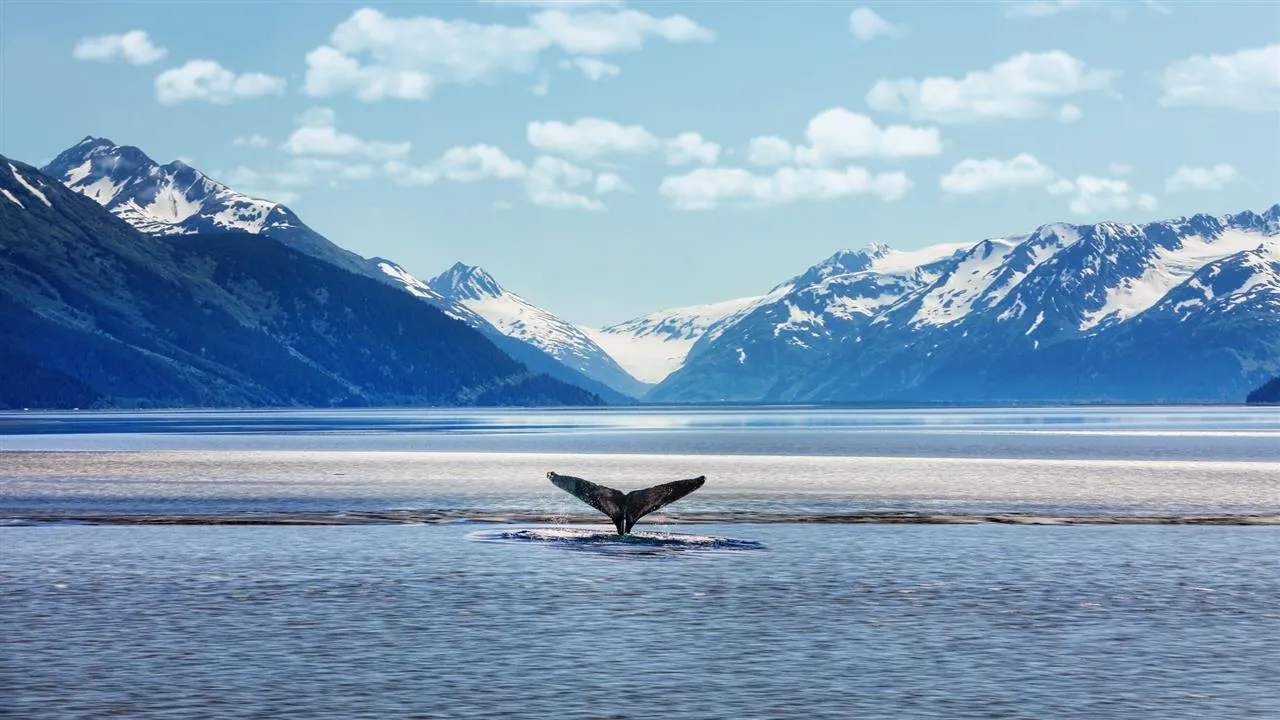
In addition, Alaska is also home to caribou, a migratory deer species with large herds. However, caribou hunting often has specific regulations and quotas to conserve the species. Understanding the biology, behavior, and habitat of each deer species will help you plan your hunt effectively and increase your chances of success. For example, if you want to hunt Sitka black-tailed deer, the coastal rainforests of southern Alaska would be an ideal choice. Conversely, if your target is moose, head inland to the vast taiga forests.
Alaska Deer Hunting Season: Prime Time and Regulations
The deer hunting season in Alaska is not fixed but varies depending on the region and deer species. Typically, the Sitka black-tailed deer hunting season runs from summer to early winter, while the moose hunting season usually begins in the fall. Knowing the official hunting season schedule is crucial to ensure your hunting trip is legal and effective. You can find detailed information about hunting season schedules on the Alaska Department of Fish and Game (ADF&G) website or by contacting local ADF&G offices directly.
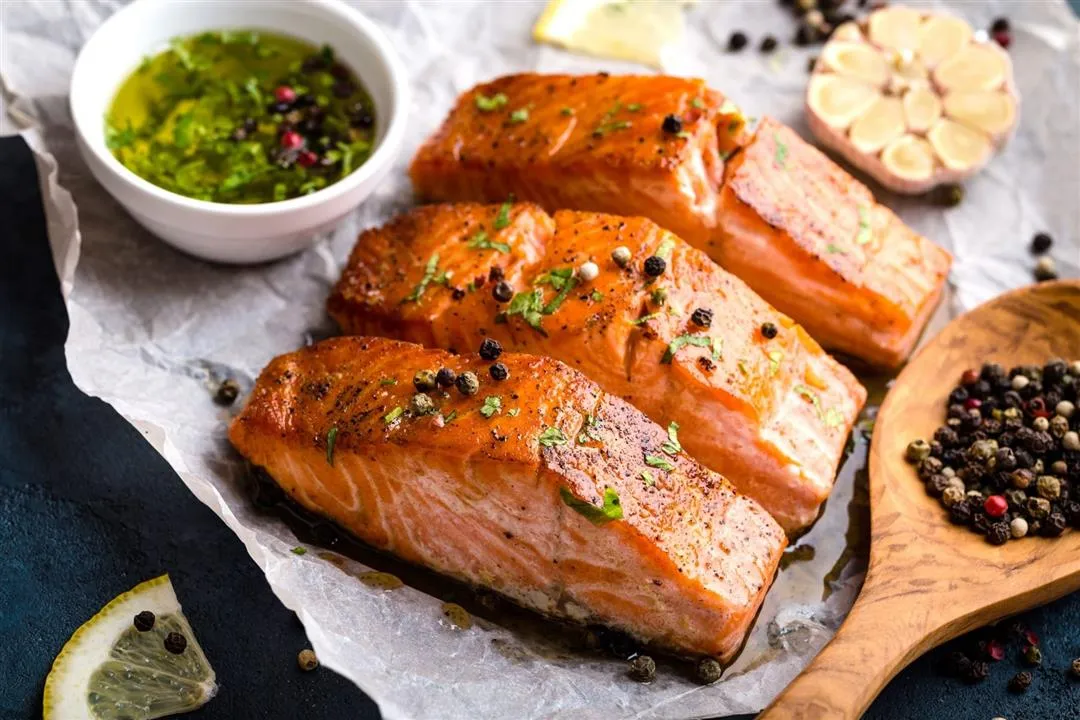
Furthermore, you need to pay special attention to hunting regulations in Alaska. The state has strict rules regarding hunting licenses, permitted hunting areas, types of weapons allowed, and the number of deer that can be harvested. Violating these regulations can lead to serious legal consequences. To ensure compliance with the law, carefully study current hunting regulations, obtain a valid hunting license, and always stay updated with information from ADF&G. Some areas in Alaska may require hunters to be accompanied by a licensed local guide, especially for newcomers or those unfamiliar with the terrain.
Alaska Deer Hunting Licenses: Procedures and Important Notes
To legally participate in deer hunting in Alaska, obtaining a hunting license is a prerequisite. The Alaska hunting license application process can be done online or in person at ADF&G offices. You will need to provide personal information, the type of license desired, and may have to pass a test on hunting knowledge and safety regulations. Hunting license fees vary depending on the type of license and residency status.
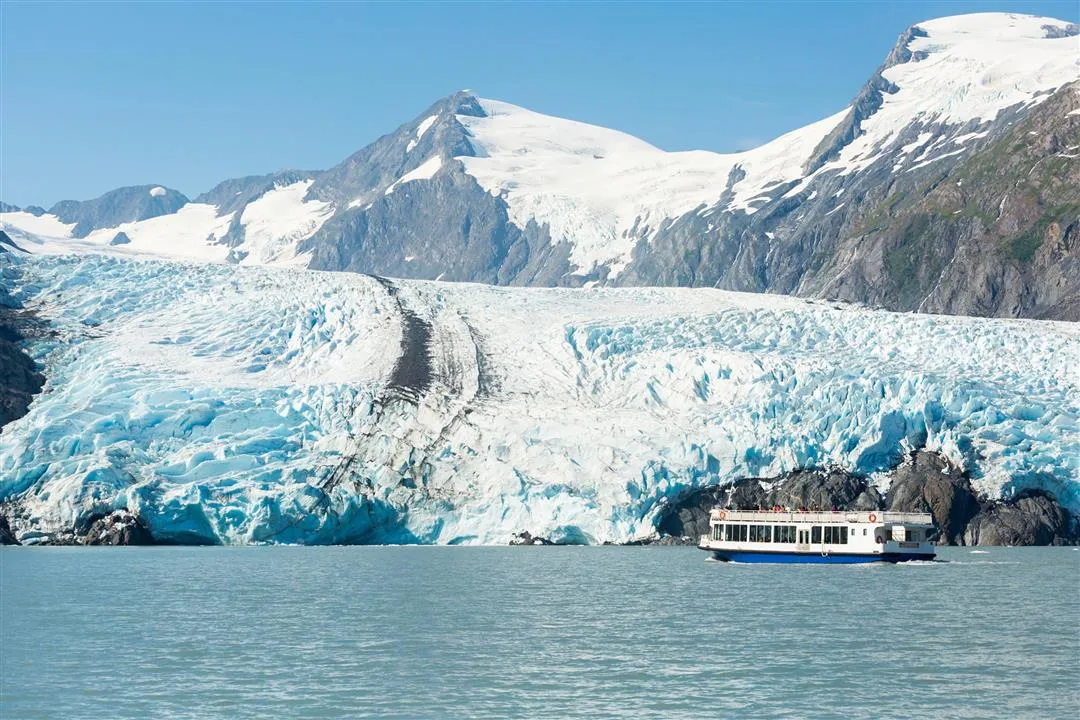
For non-residents of Alaska, applying for a hunting license can be more complex and require more procedures. Be proactive in finding information and preparing complete documentation before starting your hunting trip. Some hunting licenses may have quotas or restricted areas. Therefore, choose the license type that suits your hunting plan and ensure the license is valid throughout your stay in Alaska. In addition to a hunting license, you may also need other permits depending on the hunting area and means of transportation used (e.g., permits for using motorized vehicles on public lands).
Alaska Deer Hunting Locations: From Coastline to High Mountains
Alaska boasts countless excellent deer hunting locations, from dense coastal forests to majestic high mountains. Choosing the right hunting location depends on the deer species you want to hunt, your hunting experience, and personal preferences. The coastal areas of southern and southeastern Alaska are ideal for hunting Sitka black-tailed deer. The temperate rainforests here provide an ideal habitat for this species, with plenty of food and shelter. However, the dense forest terrain and wet weather can make movement and tracking difficult.
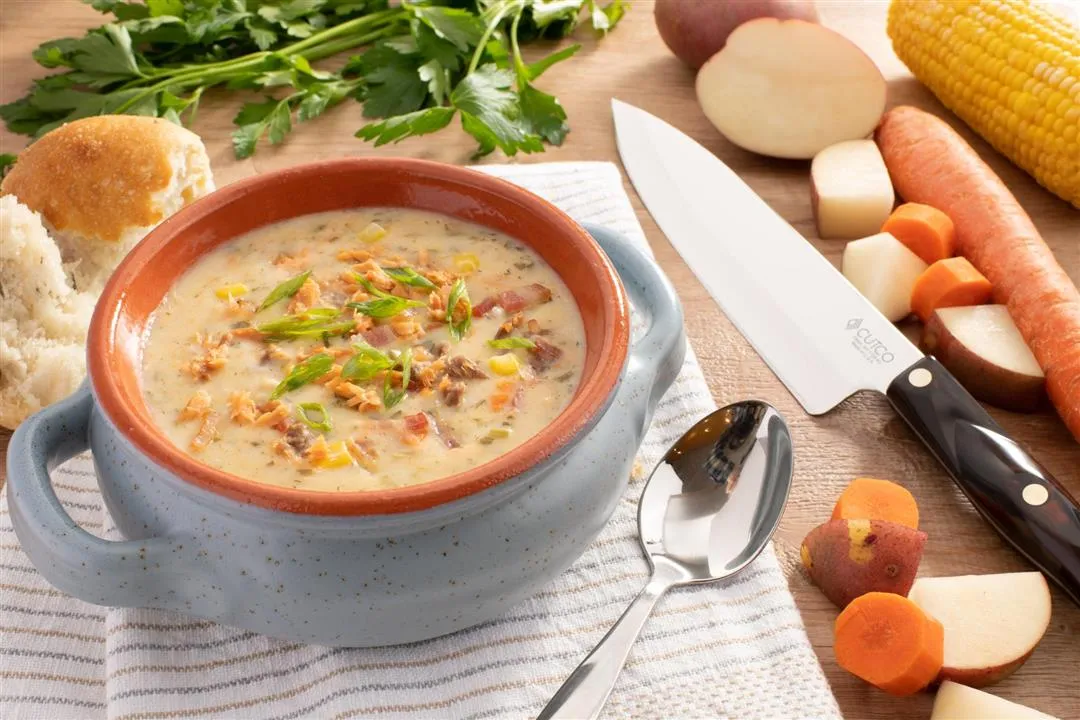
Inland Alaska, with its vast taiga forests and tundra, is a moose paradise. Moose hunting in the interior often requires transportation by boat or plane to reach remote hunting areas. The diverse terrain and harsh climate in inland Alaska present significant challenges for hunters, but also promise unforgettable hunting experiences. Some popular deer hunting locations in Alaska include Kenai National Wildlife Refuge, Chugach National Forest, and Denali National Park. You can find information about public hunting areas, wildlife management areas, and private hunting leases to choose the most suitable location.
Preparing for Your Alaska Deer Hunt: Essential Gear
An Alaska deer hunting trip requires careful preparation of equipment, gear, and physical fitness. Alaska weather can be unpredictable and harsh, especially in the fall and winter. Therefore, preparing appropriate clothing is crucial to ensure you stay warm, dry, and comfortable throughout the hunt. Layered clothing is the optimal choice, including a moisture-wicking base layer, an insulating mid-layer, and a waterproof, windproof outer layer. Specialized hunting boots, gloves, hats, and scarves are also essential items.
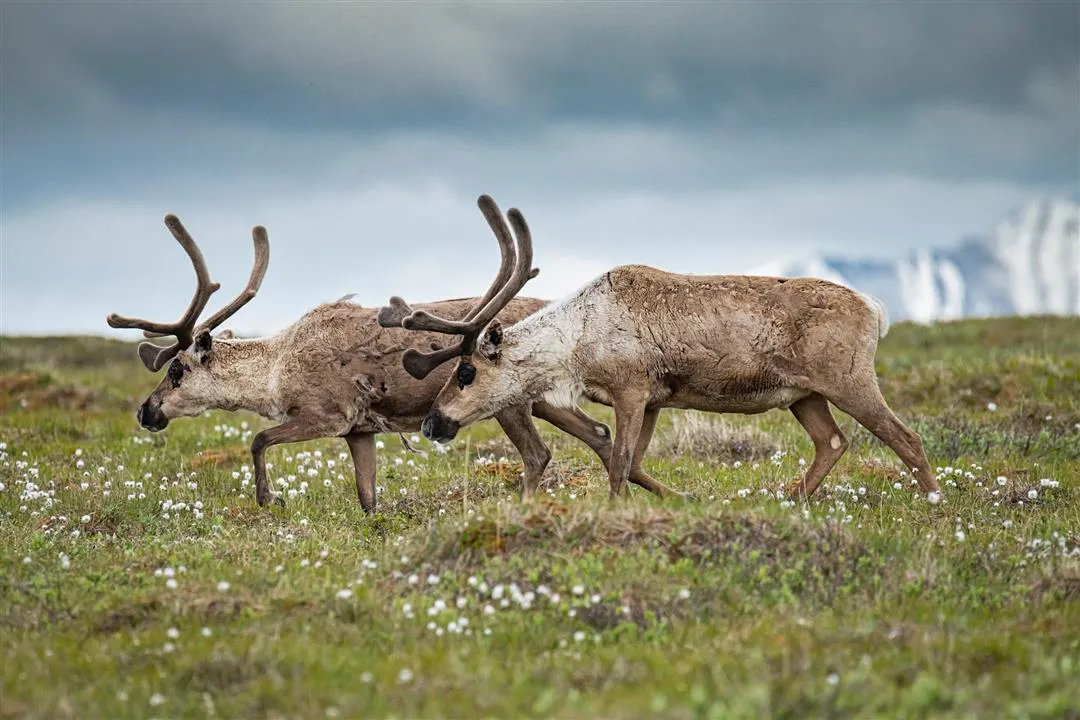
Regarding hunting gear, rifles or bows are popular choices for deer hunting in Alaska. Ensure your weapon complies with state regulations and that you have sufficient proficiency in using it. Binoculars, hunting knives, flashlights, first-aid kits, and GPS devices are other necessary items. Also, remember to bring enough food, water, and personal items for long hunting days. Good health is key to overcoming the challenges of the hunting trip. Exercise regularly before hunting, especially exercises that improve endurance and cold weather tolerance.
Alaska Deer Hunting Skills and Tactics: Keys to Success
Deer hunting in Alaska requires a combination of hunting skills, wildlife knowledge, and adaptability to the natural environment. Tracking skills are crucial for finding and approaching deer. Learn to recognize tracks, distinguish deer droppings, and other signs indicating deer presence. Camouflage and stalking skills help you approach deer stealthily and increase your chances of hitting the target. Practice rifle or bow shooting regularly to improve accuracy and confidence.

Effective hunting tactics depend on the deer species you are hunting and the terrain of the area. For Sitka black-tailed deer in dense forests, stalking and waiting tactics can be effective. Meanwhile, moose hunting in the interior may require more active movement and searching tactics. Learn about deer migration patterns, feeding areas, and shelters to plan your hunt accordingly. Using lures and deer calls can help attract deer closer to your location. Patience and focus are essential factors for hunting success.
Alaska Deer Hunting Safety: Golden Rules
Safety is always the top priority in any hunting activity, especially in a wilderness and harsh environment like Alaska. Always adhere to firearm safety rules, never point a gun at anyone, and clearly identify your target before shooting. Carry a first-aid kit and know how to use the items in it to handle emergencies. Inform family or friends about your hunting plan, including location, time, and expected return.
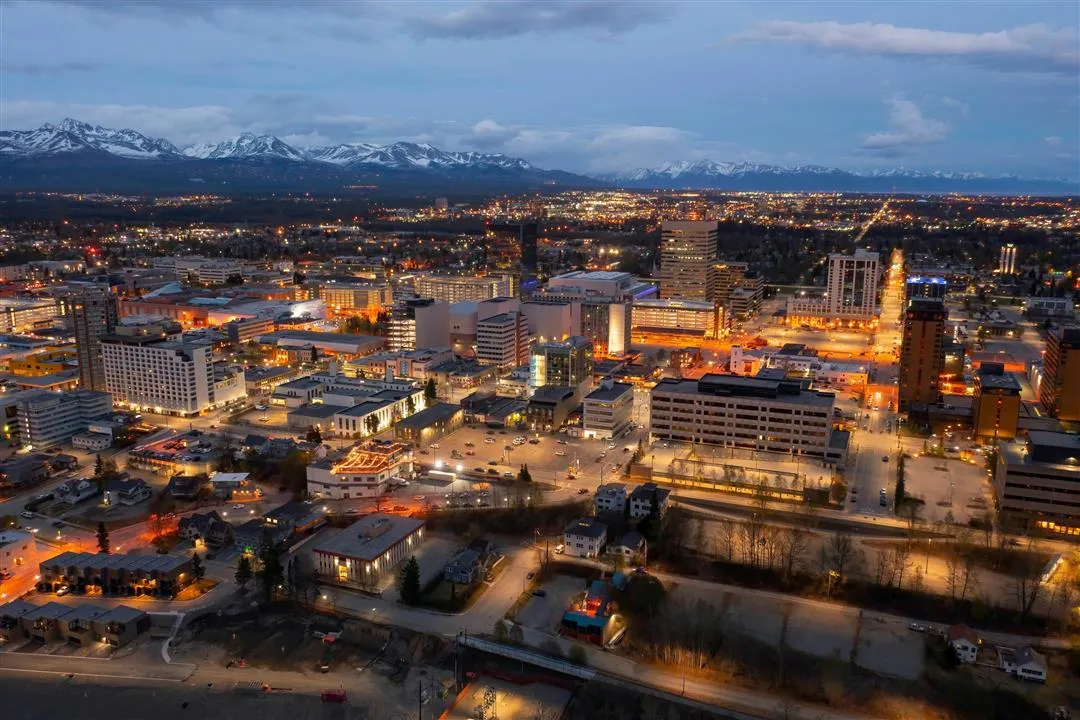
Alaska weather can change rapidly and unpredictably. Monitor the weather forecast before hunting and be prepared for all situations. Be cautious of dangerous wildlife such as bears, wolves, and foxes. Carry bear spray and know how to use it in case of a bear encounter. Do not hunt alone, especially if you are inexperienced. Go with an experienced person or hire a local guide to ensure safety and increase your chances of success. Always maintain communication with the outside world using a satellite phone or radio in case of emergency.
Processing and Enjoying Your Harvested Deer: Wild Flavors
After days of hard hunting, the most rewarding achievement is the harvested deer. Deer meat is a valuable food source, rich in nutrients and with a distinctive flavor of the Alaskan wilderness. There are many ways to prepare deer meat, from grilling, stir-frying, stewing to making sausages or jerky. Each dish offers a unique culinary experience, but all retain the wild and delicious flavor of natural deer meat.
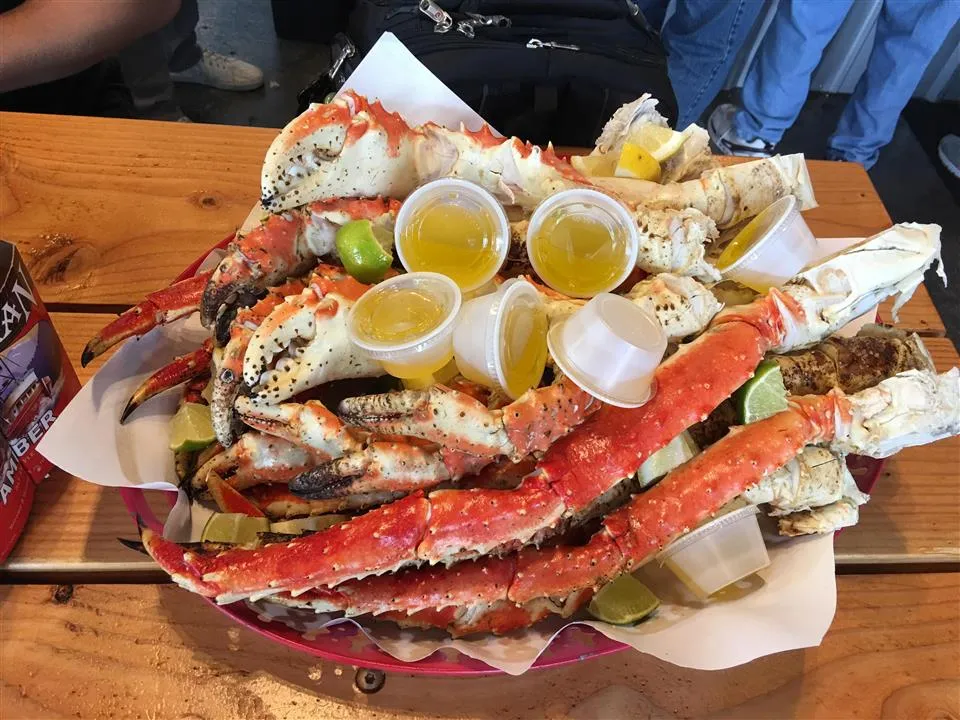
If you have the opportunity to hunt deer in Alaska, don’t miss the chance to enjoy dishes made from fresh deer meat. Sharing your hunting success with friends and family is also a great way to commemorate a memorable hunting trip. Processing and enjoying harvested deer is not only about savoring the fruits of labor, but also about appreciating nature and the valuable resources that Alaska bestows. Prepare deer meat creatively and savor the unique flavors of the Alaskan wilderness in every dish.
Conclusion
Deer hunting in Alaska is a unique and challenging travel experience, combining a passion for hunting, exploring the wilderness, and experiencing local culture. To have a successful and memorable hunting trip, thorough preparation in knowledge, skills, equipment, and spirit is crucial. Hopefully, the Alaska deer hunting experiences shared in this article will be a useful guide for those who are dreaming of conquering this wilderness. Wishing you a safe, successful, and memorable hunting trip in Alaska!